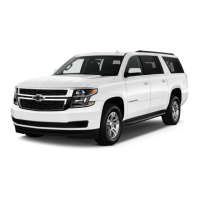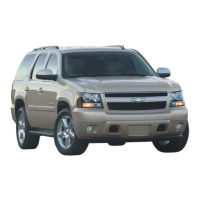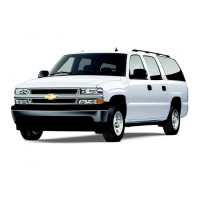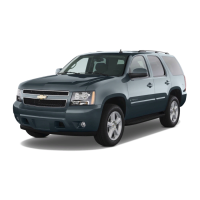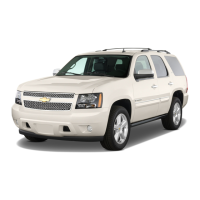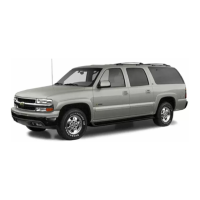When choosing a child restraint, be sure the child
restraint is designed to be used in a vehicle. If it is, it
will have a label saying that it meets Federal Motor
Vehicle Safety Standards.
Then follow the instructions for the restraint.
You
may
find these instructions on the restraint itself or in a
booklet, or both. These restraints use the belt system in
your vehicle, but the child also has to be secured within
the restraint to help reduce the chance of personal injury.
The instructions that come with the infant or child
restraint will show you how to do that. Both the owner’s
manual and the child restraint instructions are important,
so
if either one of these is not available, obtain a
replacement copy from the manufacturer.
Where
to
Put
the Restraint
Accident statistics show that children are safer if they
are restrained in the rear rather than the front seat.
We at General Motors therefore recommend that you
put your child restraint in a rear seat.
Never
put a
rear-facing child restraint
in
the right front passenger
seat. Here’s why:
A
child in a rear-facing child restraint can be
seriously injured or killed if the right front
passenger’s air bag inflates, even though your
vehicle has reduced-force frontal air bags. This
is because the back of the rear-facing child
restraint would be very close
to
the inflating
air
bag. Always secure a rear-facing child restraint
in
a
rear seat.
You
may secure a forward-facing child restraint
in the right front seat, but before you
do,
always
move the front passenger seat as far back
as
it
will
go.
It’s better to secure the child restraint in
a rear seat.
Wherever you install it, be sure to secure the child
restraint properly.
Keep in mind that an unsecured child restraint can move
around in a collision or sudden stop and injure people
in the vehicle. Be sure to properly secure any child
restraint in your vehicle
--
even when no child
is
in it.
1-53

